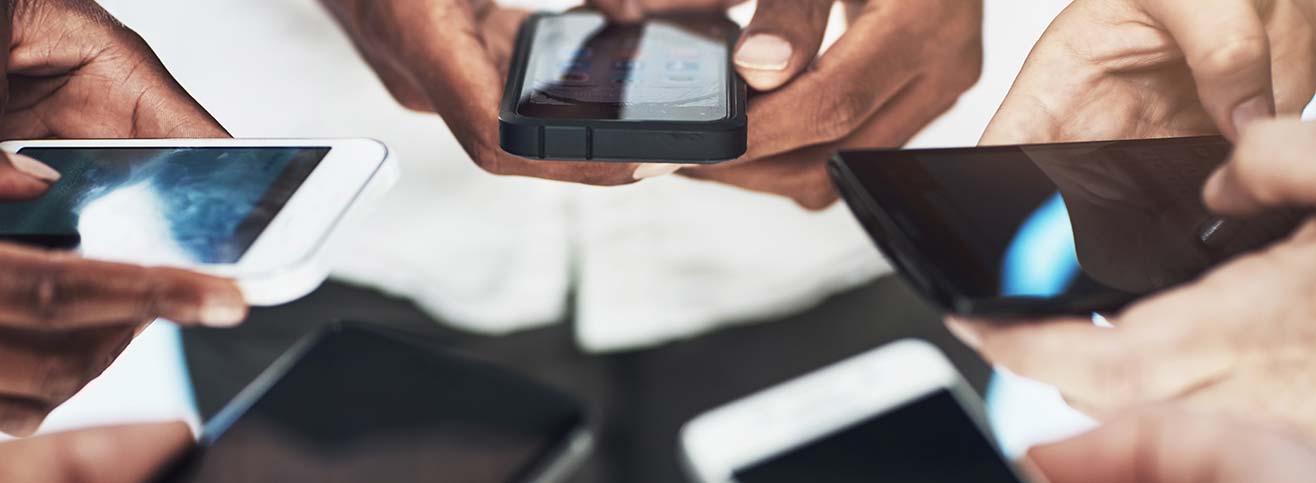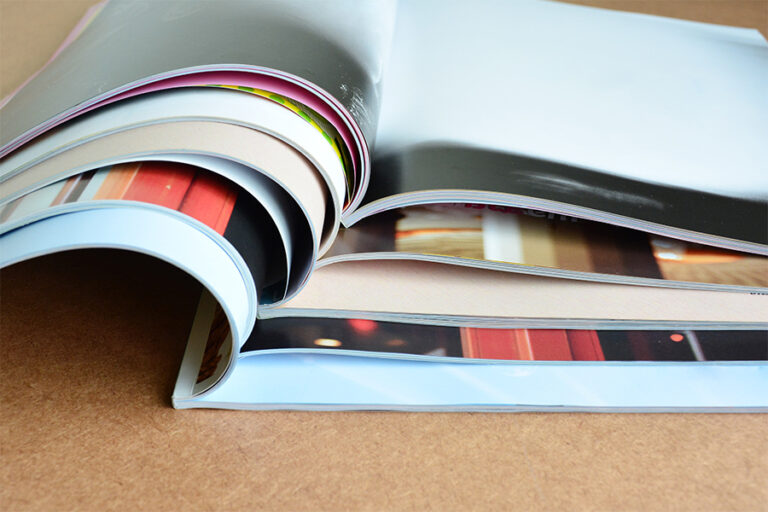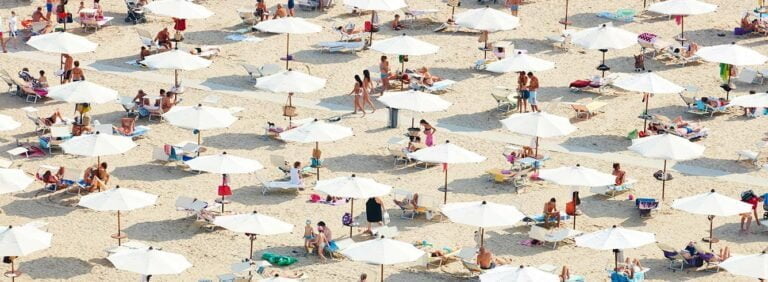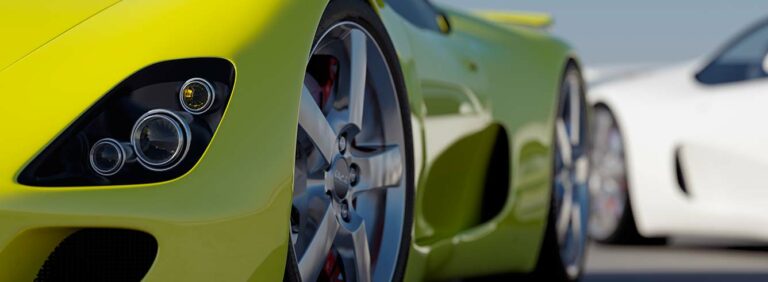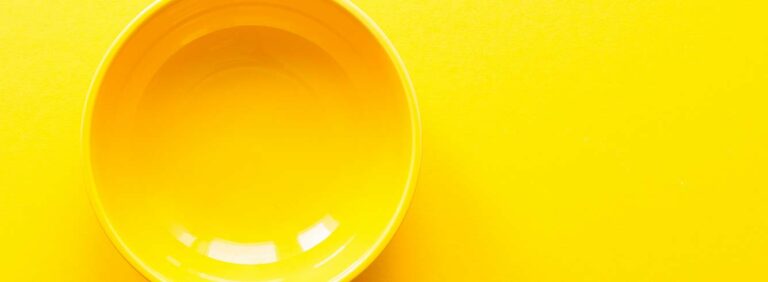Titanium dioxide (TiO2) is becoming a key element in the creation of self-cleaning smartphones, windows, and a range of other surfaces.
Although self-cleaning smartphones may sound like something out of science-fiction, the concept of self-cleaning materials has been around for many years. From hydrophobic, or water-resistant, coatings to substances that repel oily molecules, the variety of methods to produce self-cleaning materials is huge. Now, titanium dioxide is slowly becoming the leader in the self-cleaning substances race.
Adding TiO2 nanoforms to a material can give it self-cleaning abilities, because the compound – in this form – is a photocatalyst; when sunlight shines on titanium dioxide, it triggers a reaction that breaks down dirt.
How self-cleaning smartphones harness sunlight
Light from the sun is made up of a spectrum of electromagnetic radiation, including ultraviolet (UV), infrared and visible light. Most UV rays are filtered out by the atmospheric layers before reaching the Earth, but a very tiny portion finds its way to the ground.
When this UV light shines on titanium dioxide, it triggers an electrochemical reaction which activates the compound, producing free radicals.
The free radicals can decompose pollutants and inactivate microorganisms, bacteria, fungi and viruses, before dissipating.

Easier cleaning
Not only this but, as Dr Michael Vergöhl, Head of Department at the Fraunhofer IST, says: “If you apply a thin coating of titanium dioxide to a glass surface such as a smartphone screen, the skin oils and fingerprints gradually disappear from the display by themselves.”
This property means a coating of TiO2 nanoparticles can also aid manual cleaning, making it doubly effective on surfaces that are inherently difficult to clean, for example skyscraper windows.
Researchers across the globe are looking into creating coatings that can be used across a range of applications; from the windows of high-rise buildings that would naturally receive sunlight, to the work surfaces in places like hospitals and kitchens that could be treated with UV light.
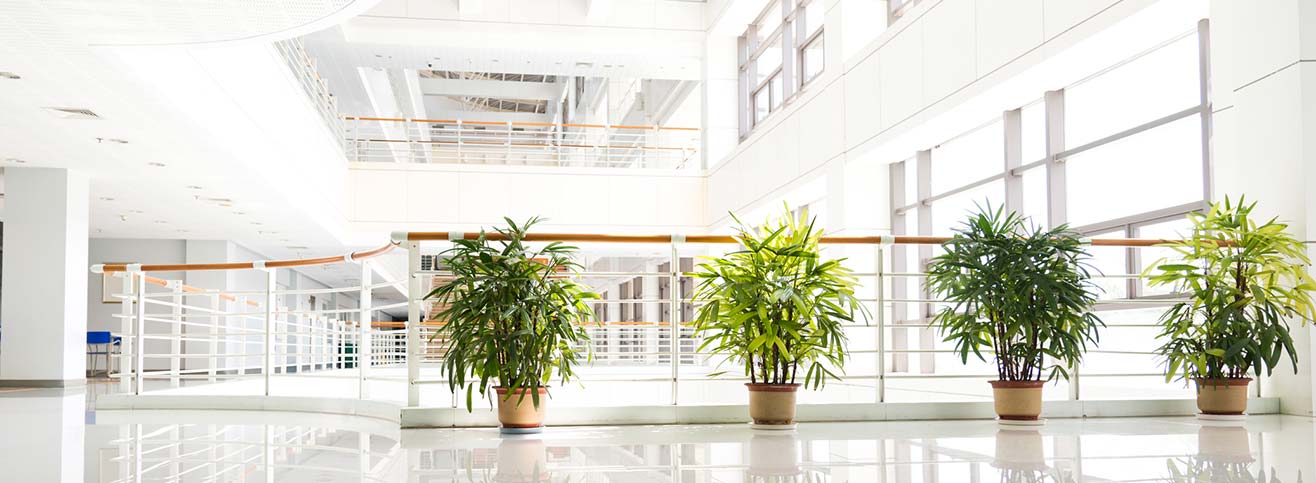
Innovative new applications
Another option is weaving the particles into clothing to help create garments that keep themselves clean. The coatings could also be applied to garden furniture that tends to be neglected during the winter months and becomes slimy; but leaving them out in the sun could be a way to clean them, according to Fraunhofer researchers.
But what happens when the sun is not shining? A body of evidence is suggesting adding other elements can increase the efficiency of the nanoparticles.
“In the last few decades, there have been many successful scientific approaches aimed at elevating the visible light absorption properties of TiO2 by adding different elements such as nitrogen, sulphur and fluorine so that it can be more efficient on less sunny days,” says Mallikarjuna Nadagouda, a researcher at the United States Environmental Protection Agency.
Nadagouda and his colleagues wrote a paper that reviewed the current literature surrounding TiO2, and concluded that antibacterial surfaces based on TiO2 could be used in hospitals, and in the food, ceramic and building industries.

Refining the cleaning process
The combination of TiO2 and sunlight is one of the most widely known advanced oxidation processes (AOP), and at the moment it is used mainly for water treatment purposes.
The self-cleaning technology process is highly efficient for water treatment, but Nadagouda says it will need to be refined before it can be adopted more widely, including how to prevent the release of TiO2 from surfaces or materials where it is used and further harnessing its unique properties to help remove unwanted material on surfaces.
“It is believed that with these areas addressed, TiO2 technology will find its way to field application and industry,” says Nadagouda.
